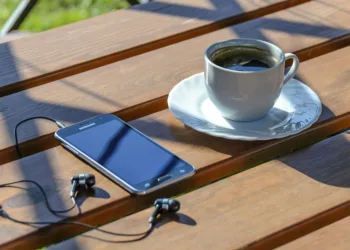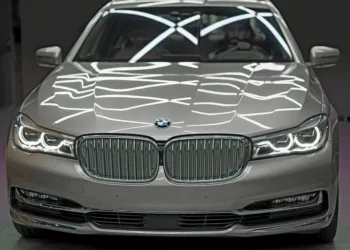Samsung has long been selling its Galaxy Ultra smartphones with its flagship feature, “Space Zoom,” which claims to be capable of taking impressive pictures of the moon.
According to Samsung, the Space Zoom technology in their flagship smartphone camera can magnify up to 100×. With the support of the Optical Image Stabilization feature, users can capture detailed images of the moon.
Unfortunately, unlike Huawei, this brand only overlays the PNG of the month on the image in its marketing. This inevitably aroused the suspicion of users who accused Samsung of faking moon photos in their flagship smartphone marketing.
Original Image
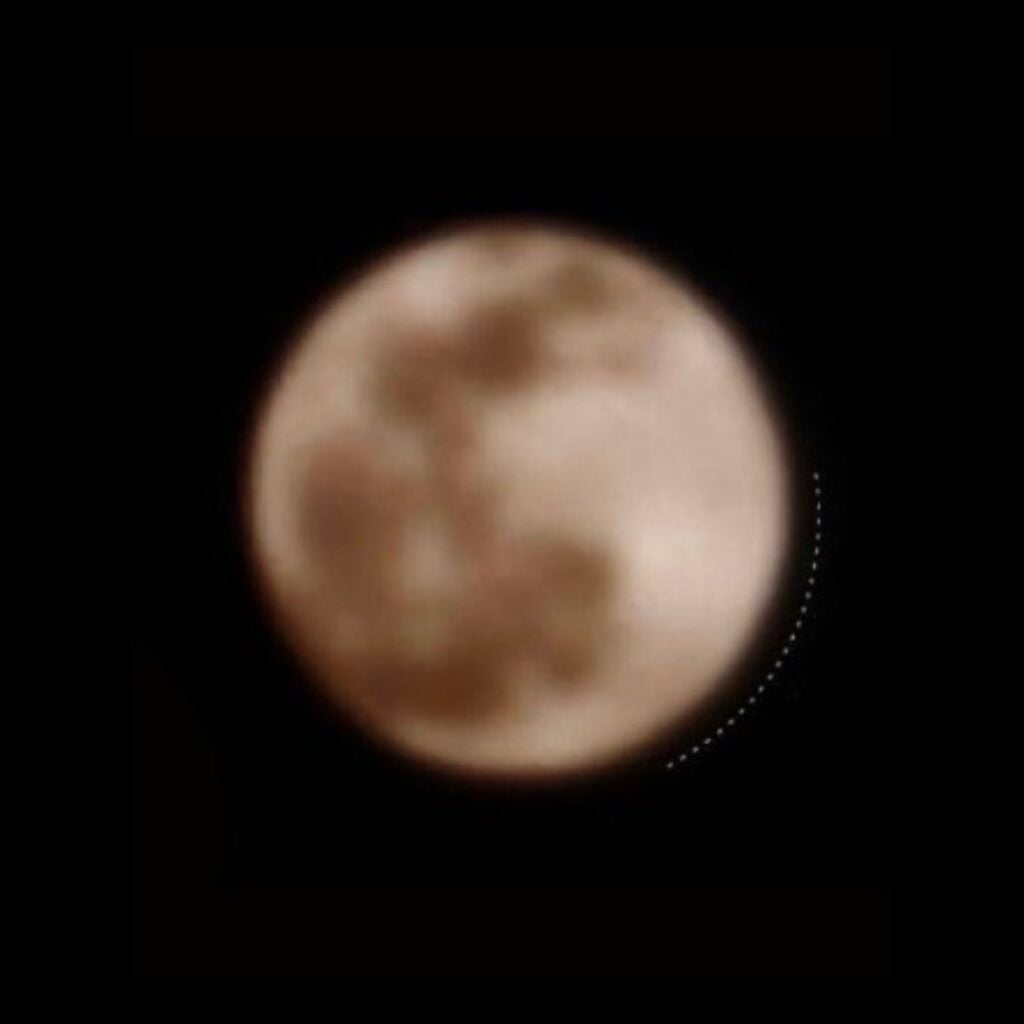
Fake AI Samsung Image
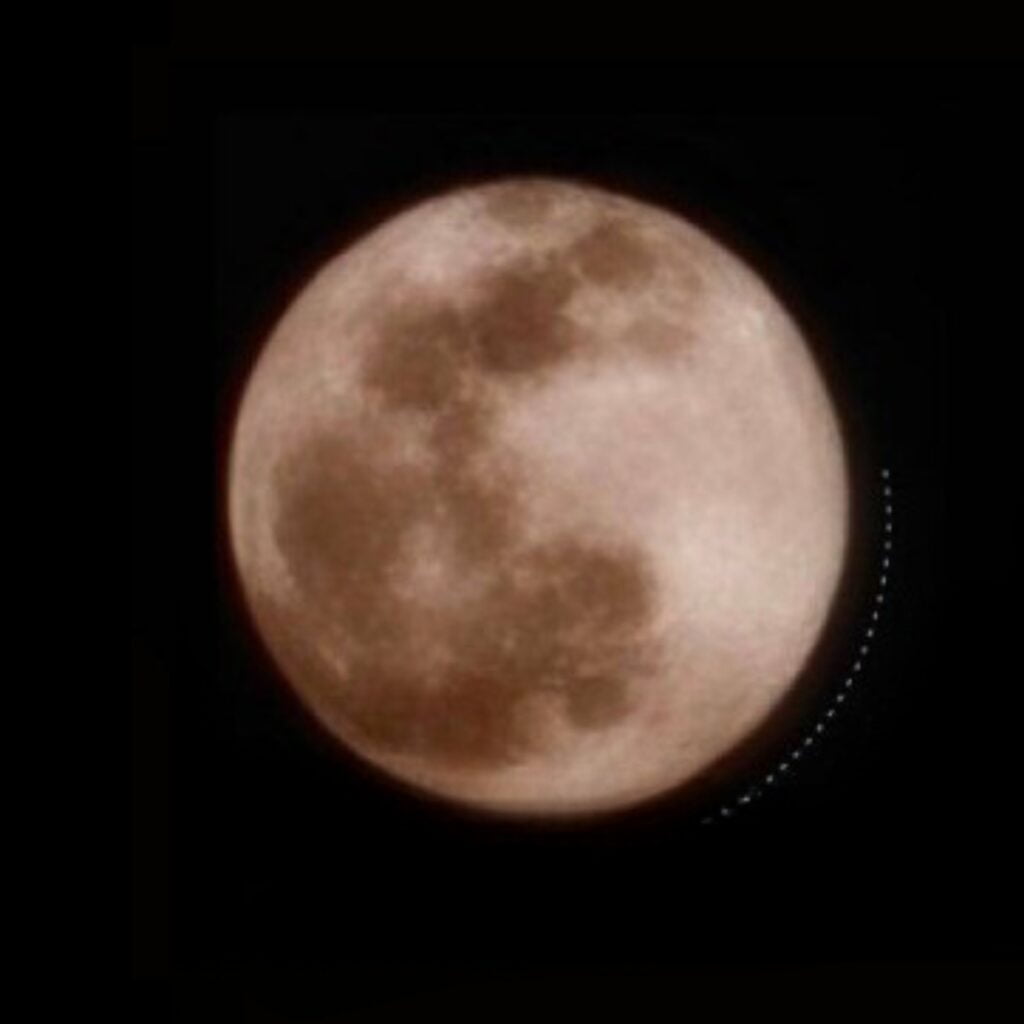
Comparison
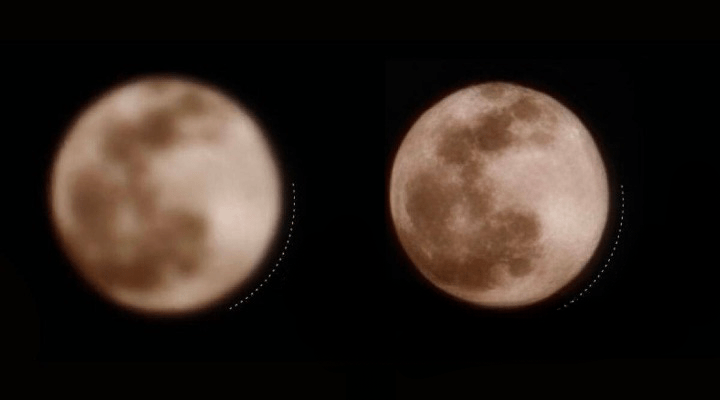
A review on Reddit that went viral shows how much computational processing Samsung’s Space zoom does, and based on that evidence, the image of the moon in question is fake.
The Samsung phone test conducted by Reddit user u/ibreakphotos is brilliant in its simplicity. The accounprovedng its claim by downloading a high-resolution photo of the moon onto its computer, then doing a Gaussian blur on the imaguntilll. It becomes blurry and not detailed displaying it on the screen.
After that, they takinpicturesre of the monitor screen with the Samsung Ultra camera, and it turned out that the resulting final image, as you can see, shows a clean and clear photo of the mo. In contrast, the screen’s initial appearance has no detail.
The Samsung S23 Ultra adds details that weren’t there before. While there’s no increase in pixel blur and no data capture, the alley appears missing; there’s just a fake new moon. The testers concluded that the AI is doing part of the work, not the optics; the optics cannot resolve the details you see.
Such accusations are nothing new. People have asked questions about Samsung photography since launching the 100x Space Zoom feature on the S20 Ultra in 2020.
Some have accused the company of copying and pasting pre-saved textures onto moon images to produce the often-claimed perfect moon photos. But Samsung denies this and claims that the procedure is more sophisticated than simply copying and pasting the recovered texture onto the moon image when taking a shot.
In 2021, Input Mag released a lengthy article about the “fake moon detailed photo” the Galaxy 21 Ultra took.
Samsung’s Fake Moon AI Model
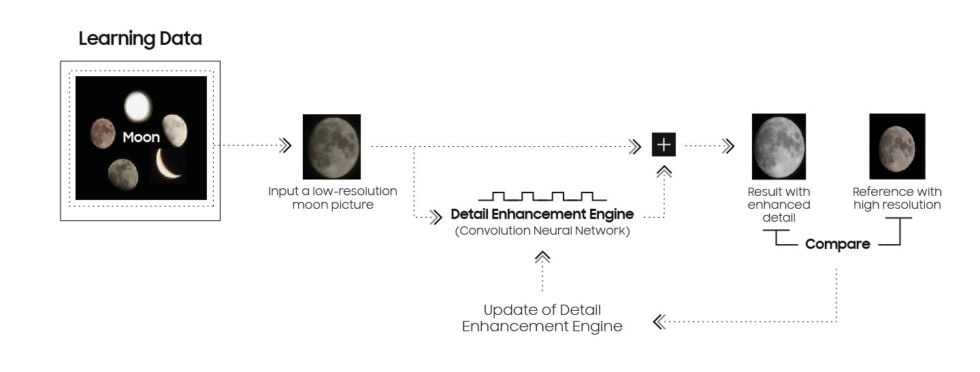

Samsung told the publication that no image overlays or texture effects are applied when taking photos. However, the company uses AI to detect the moon’s presence and then offers a detail enhancement function by reducing blur and noise.
The company then offers a bit more information, but the explanation’s gist includes a description of the vital steps that take us from a blurry moon photo to a sharp moon photo discussed in vague terms. The Korean tech giant uses a “detail enhancement engine function” to “effectively remove noise and maximize moon detail to complete a bright and clear moon image.”
Meanwhile, until now, Samsung has not responded to new accusations accompanied by evidence that the company has faked its moon photos.

